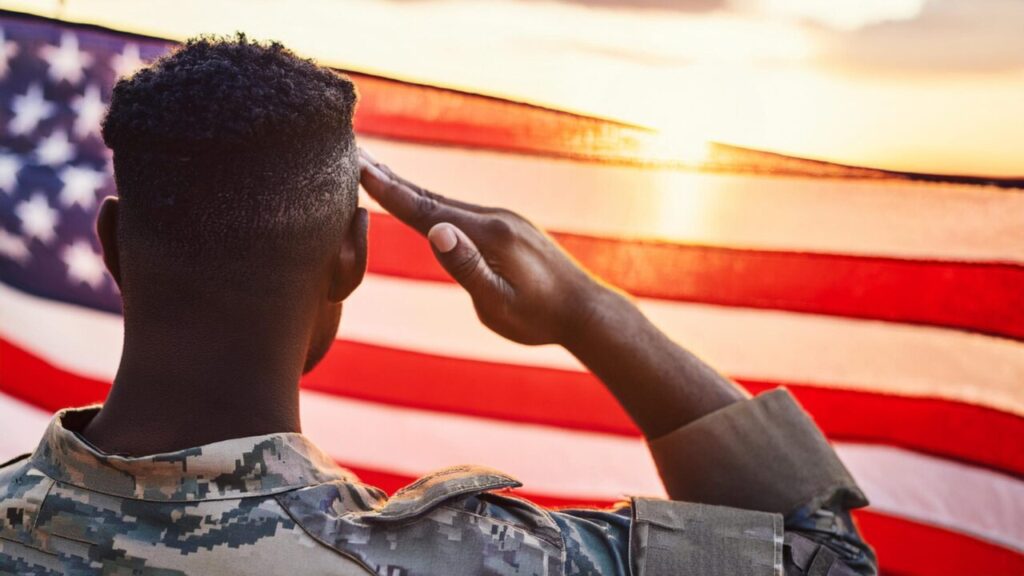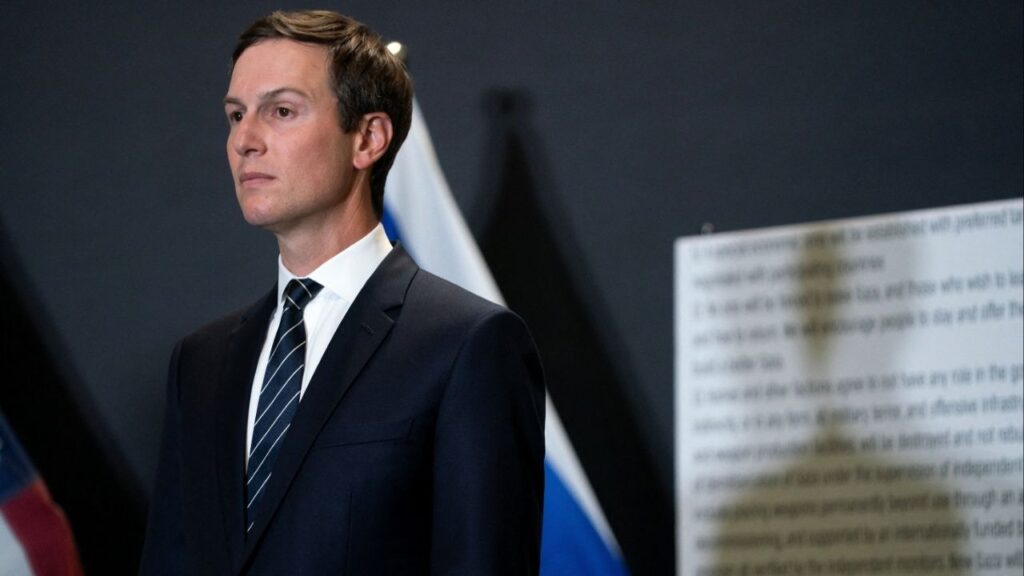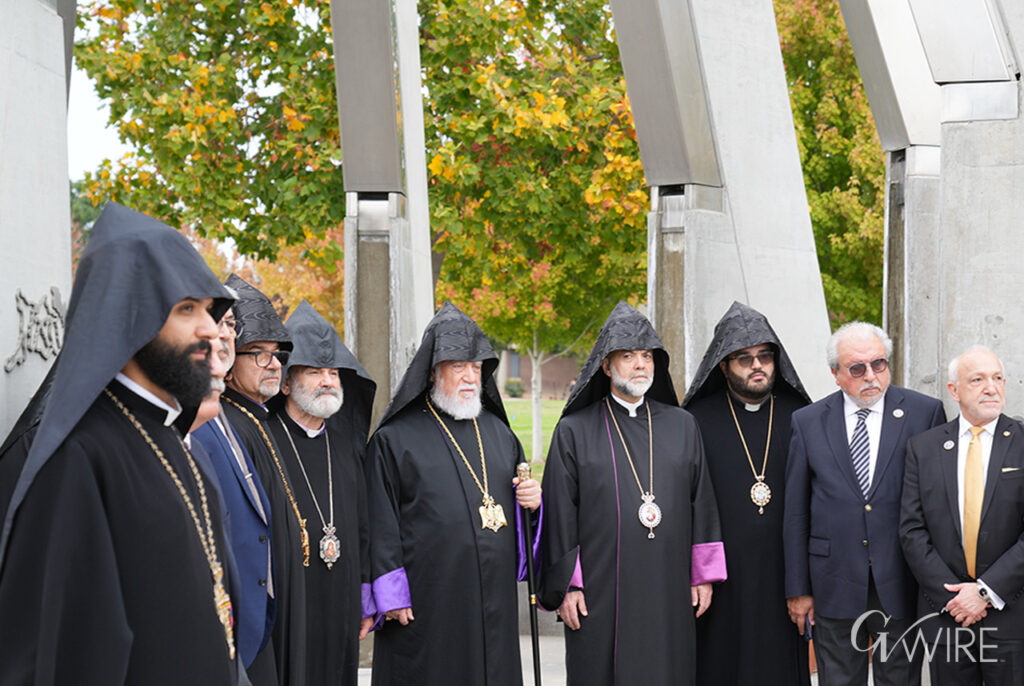Given the physical demands of military service, it’s no surprise that several of America’s prominent veterans were also star athletes. From the playing fields to the battlefields, they displayed courage, determination and leadership. (Shutterstock)
Share
|
Getting your Trinity Audio player ready...
|
Given the physical demands of military service, it’s no surprise that several of America’s prominent veterans were also star athletes. From the playing fields to the battlefields, they displayed courage, determination and leadership.
As we celebrate America’s men and women in uniform on Veterans Day, we remember the athletes who served in combat. Try to match the athlete with the warrior in this short, fun quiz.
1: Which World War II general had to hide his career as a minor league baseball player to protect his amateur status at West Point?
A: George Patton
B: Dwight D. Eisenhower
C: George Marshall
D: Douglas MacArthur
Answer: B. Ike is thought to have played for money for a Junction City, Kansas, minor league baseball team under the name “Wilson.” If true — and if word had gotten out — it would have jeopardized his amateur status when he attended the U.S. Military Academy, where he also played football.
2. Which Revolutionary War figure was known for his athletic abilities?
A: Benedict Arnold
B: Marquis de Lafayette
C: Charles Lee
D: George Washington
Answer: D. Although organized sports competition didn’t exist in his youth, the Father of Our Country was famous for his physical prowess. He excelled at horseback riding, wrestling, fencing, and swordsmanship.
3. This baseball player took a break from his career to serve in the Navy during WWII, and he still managed to win more World Series championships as a player than anyone else in MLB history.
A: Babe Ruth
B: Lou Gehrig
C: Yogi Berra
D: Dizzy Dean
Answer: C. The legendary New York Yankees catcher was an 18-time All-Star and won 10 World Series championships. He also manned a landing craft support vessel during the D-Day invasion, from which he said he “sprayed bullets and rockets across the heavily fortified beachfronts before the troops landed.”
Related Story: July 4th Quiz: Test Your Knowledge of the Founding Fathers
4. In our time, the shocking Sept. 11 terror attacks inspired Pat Tillman to leave which professional sport and enlist?
A: Baseball
B: Football
C: Competition swimming
D: Horse racing
Answer: B. Tillman played for the Arizona Cardinals from 1998 through 2001. In May 2002, he joined the U.S. Army Special Operations and was killed by friendly fire in Afghanistan in 2004.
5. He was the first U.S. professional athlete to join the military after the Pearl Harbor attack.
A: Joe DiMaggio
B: Ted Williams
C: Bob Feller
D: Babe Ruth
Answer: C. Hall of Fame pitcher Bob Feller of the Cleveland Indians (now Guardians) left baseball to enlist in the Navy just two days after the attack on Pearl Harbor. When he returned to the mound in 1946, Feller led the American League in strikeouts for three straight seasons.
6. Which of these famous athletes were also Vietnam War-era veterans?
A: Al Bumbry
B: Roger Staubach
C: Ken Norton
D: All the above
Answer: D. Baltimore Orioles outfielder Bumbry received the Bronze Star for heroism as an Army lieutenant; Dallas Cowboys quarterback Staubach did a tour in Vietnam as a Navy supply officer; and although Ken Norton was not sent to Vietnam, he did serve in the Marines (1965-1969) before defeating Muhammad Ali, who famously refused to serve when drafted.
7. Which legendary name from the early days of baseball was a significant figure in the Civil War?
A: Honus Wagner
B: Abner Doubleday
C: “Shoeless” Joe Jackson
D: Albert Spalding
Answer: B. Abner Doubleday is widely known for “inventing” baseball in a New York cow pasture in 1839. That story is mostly a myth, but his record of military leadership is real. During the Confederate bombardment of Fort Sumter, Doubleday was second in command under Maj. Robert Anderson. He aimed and fired the first U.S. artillery shot in reply from the fort.
About the Author
J. Mark Powell is a former TV journalist. His book “Witness to War: The Story of the Civil War Told By Those Who Lived It” will be released in February and is available for pre-order from leading retailers. He wrote this for InsideSources.com.
RELATED TOPICS:

Veterans Day Quiz: From Sports Stars to 5-Star Generals

Fresno Police Make 19 DUI Arrests During Weekend Operation



















